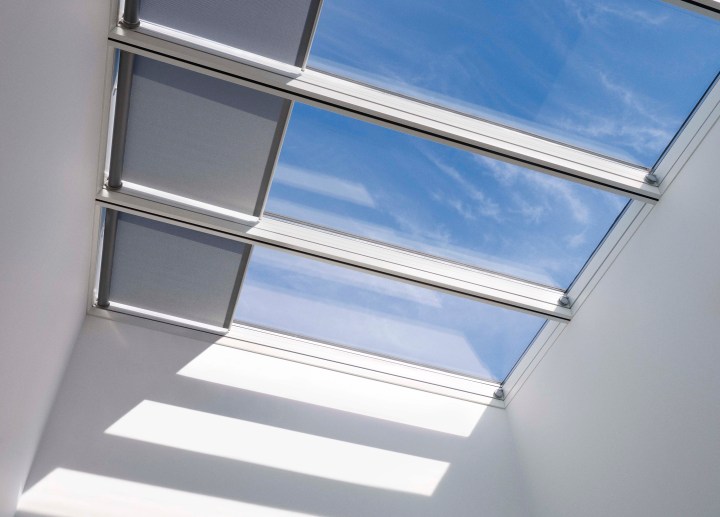
The Velux Active system monitors a variety of parameters, including temperature, sunlight, humidity, and CO2 to automate the operation of the skylights and sunscreens to maintain indoor air quality and comfort, customizable through a stand-alone app.
“Very soon your home will be able to help look after your health, by ensuring you get plenty of daylight and fresh air exactly when you need it,” Velux CEO Jorgen Tang-Jensen said of the partnership.
Netatmo has taken small steps toward the idea of indoor air quality monitoring. The indoor sensor for its Weather Station and the recently announced Healthy Home Coach already measure CO2 and noise levels. You can connect these sensors to other smart home devices through IFTTT (If This Then That), but the partnership with Velux is the first time Netatmo technologies would be built directly into a third-party product.
Direct integration like the Netatmo-Velux partnership is likely to become a trend in the smart home industry in 2017 and beyond. The traditional “platform” model — where a hub controls everything in the home — has not caught on. While IFTTT and other automation services have hastened the smart hub’s demise, companies still have to relinquish a good deal of control over the user experience.
Increasingly, companies are opting to work directly with one another, especially where their products are complementary and where such partnerships can create some type of value to the consumer. Velux is one of these companies opting to pursue such a strategy, although it is hedging its bets. It also plans to work with platforms too, having announced a partnership with Apple for HomeKit last year.
Editors' Recommendations
- Mila reveals a sleek new humidifier/air purifier combo at CES 2024
- This gizmo tracks your TP usage and automatically orders more when you get low
- Wagz Tagz give pups freedom while keeping them off furniture
- The LG PuriCare AeroTower cleans your air with just a whisper
- Amazon’s air quality sensor can tell you when indoor air is dirty


